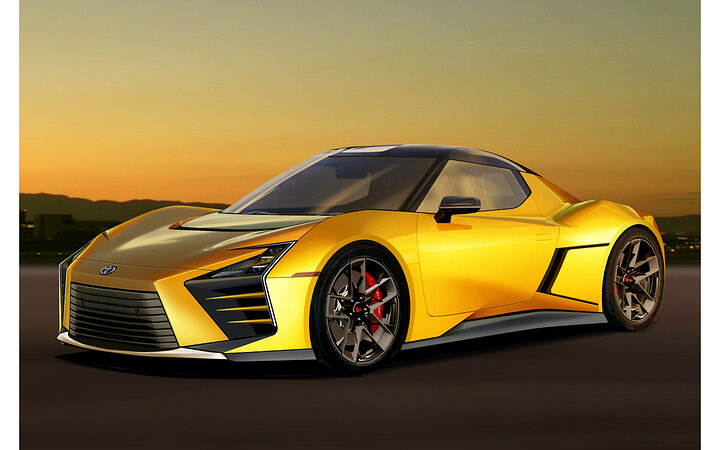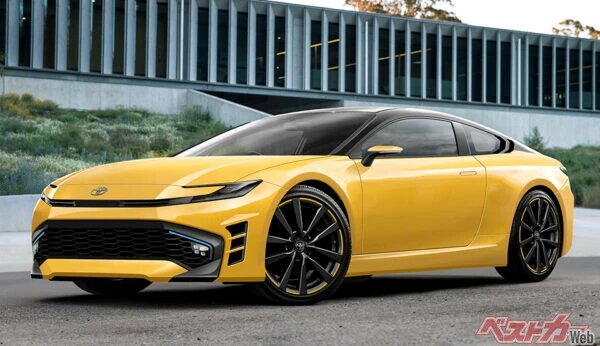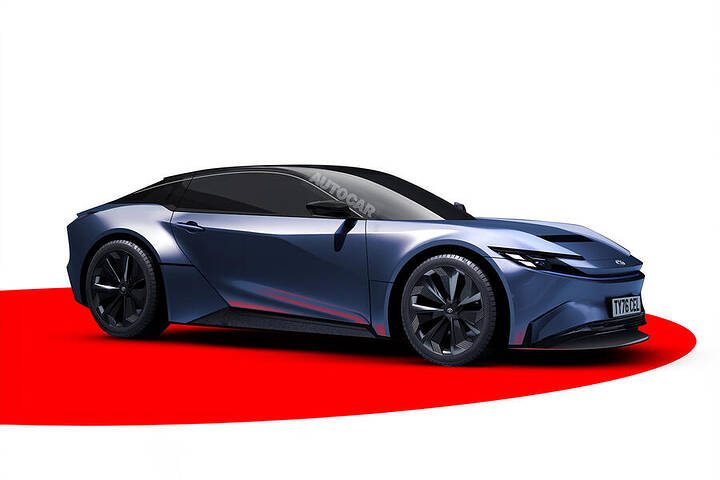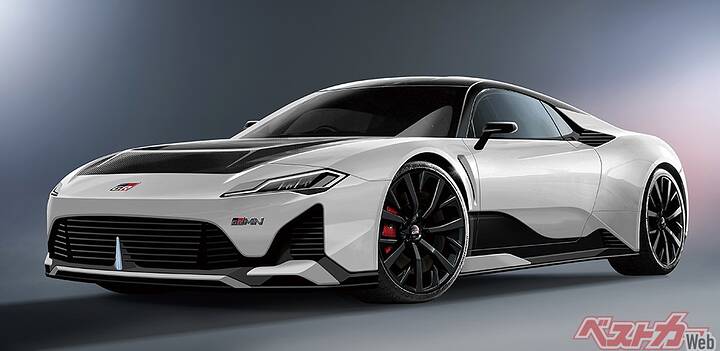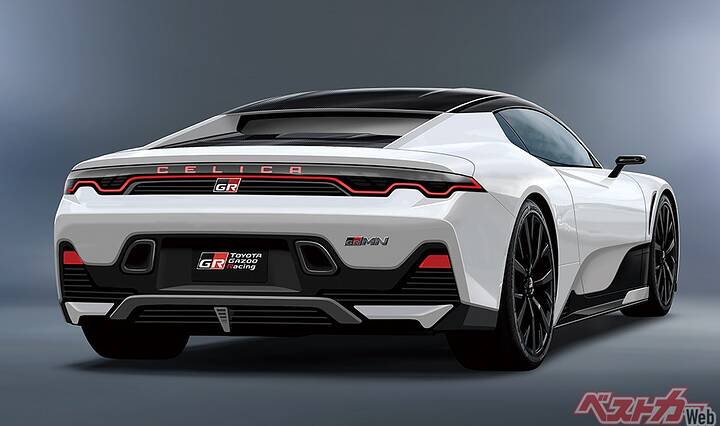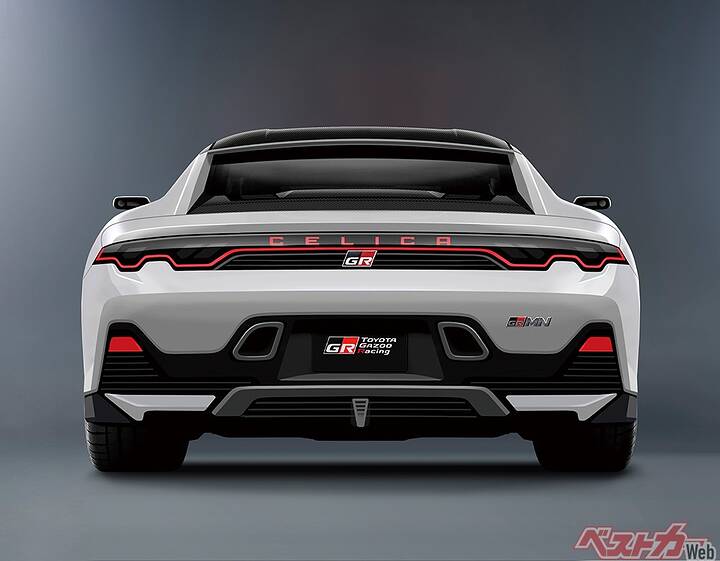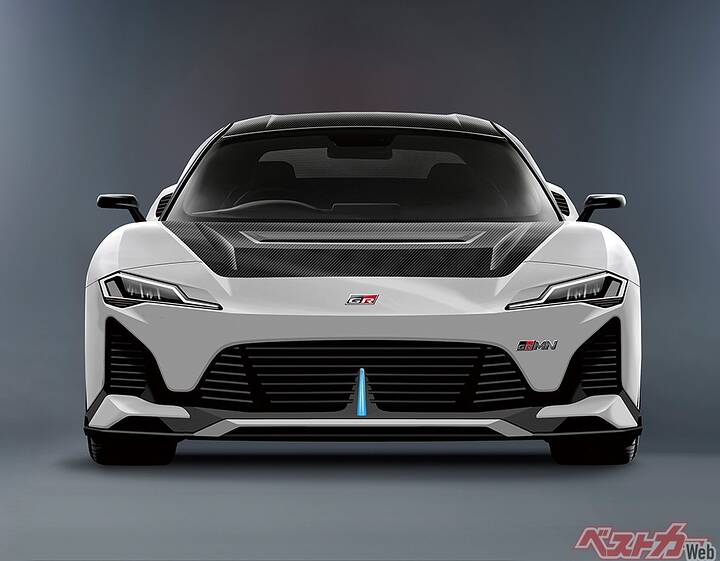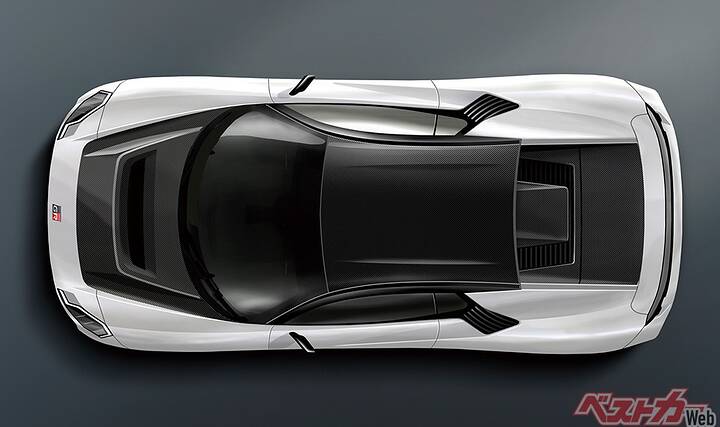Toyota has made it clear that the Celica will return, and now new, detailed information about the GR Celica has surfaced. Some of it differs from earlier reports, but it’s far more specific and gives us what appears to be the final configuration of the car.
 A 2028 April Debut? Prototype Reveal in 2027 Tokyo Auto Salon?
A 2028 April Debut? Prototype Reveal in 2027 Tokyo Auto Salon?
The car strongly resembles the classic MR2 with its unmistakably mid-engine proportions. It features an A-pillar placement focused on driver visibility and is reportedly “visually larger than its actual size,” according to sightings—some of which informed the CG renders created by Best Car.
 Toyota’s Commitment to the Celica Revival
Toyota’s Commitment to the Celica Revival
With Chairman Akio Toyoda and President Koji Sato backing the revival, the GR Celica is no longer just a rumor—it’s happening. However, the way information has emerged differs from the norm. Rather than starting from vague whispers and gradually refining, this time production is assured from the outset, even before details were leaked.
That said, Toyota hasn’t officially revealed specs or design features, but multiple sources have provided Best Car with a comprehensive look at the car’s framework. Let’s revisit what we know before diving into the new intel.
 Key Powertrain & Layout Info
Key Powertrain & Layout Info
-
Engine: New-generation 2.0L inline-4 turbo (G20E)
-
Output: 400ps, 550Nm (56.1kgm)
-
Drivetrain: Mid-engine, 4WD
-
Fuel Type: Pure gasoline turbo (not hybrid)
The GR Yaris M Concept, unveiled at the 2025 Tokyo Auto Salon, is believed to act as a testbed for the GR Celica’s performance development. Starting July 26–27, 2025 (Round 5 at Autopolis), this prototype will compete in the Super Taikyu endurance series to be refined in real-world racing.
 A Return to Midship Roots—Not Rally, But Circuit-Focused
A Return to Midship Roots—Not Rally, But Circuit-Focused
Toyota hasn’t built a mid-engine car since the MR-S ended in 2007. The GR Yaris M Concept exists because developing a new midship vehicle is essentially a fresh start for the brand. While Toyota has facilities like the Shimoyama Test Course and the Nürburgring, racing provides feedback from top-tier drivers—making it invaluable.
Though the original Celica is remembered for WRC rally success, the GR Celica is expected to be a circuit-focused machine.
 New Development Information (June 2025)
New Development Information (June 2025)
 Development Code: 710D
Development Code: 710D
The GR Celica’s internal development code is 710D. The original 86 was “086A” and famously delayed until that number could be assigned. The significance of “710D” remains unknown, but its uniqueness is noteworthy.
 Carbon Fiber Roof & Hoods
Carbon Fiber Roof & Hoods
-
The GR Celica will use carbon fiber for both the roof and hood panels.
-
Since it’s mid-engined, it will have both front and rear hoods:
 Rear Deck Design Finalized: Double-Deck
Rear Deck Design Finalized: Double-Deck
Two rear deck designs were considered—single deck and double deck. The double-deck configuration has been chosen due to its superior body rigidity, even though the single-deck allows a wider opening.
 Visibility-Optimized A-Pillar
Visibility-Optimized A-Pillar
A new detail: the A-pillar design prioritizes visibility. Previous rumors suggested the front windshield would be more upright, and now it seems the A-pillars will be set back, allowing a wide, curved windshield—enhancing driver sightlines especially around corners.
 Grades, Transmissions, and Price
Grades, Transmissions, and Price
Two trims will be offered:
Originally said to be 6-speed manual only, latest info confirms a new 8-speed Direct Automatic Transmission (DAT) will also be offered. This transmission has already appeared in upgraded versions of the GR Yaris and GR Corolla.
 Launch Timeline
Launch Timeline
This represents a delay of roughly one year from the original 2027 spring target, but the prototype will offer a nearly production-spec preview at the 2027 event.
 Expected Specifications – Toyota GR Celica (Predicted)
Expected Specifications – Toyota GR Celica (Predicted)
| Spec |
Detail |
| Overall Length x Width x Height |
4400 × 1860 × 1230 mm |
| Wheelbase |
2600 mm |
| Weight |
1300 kg |
| Engine |
Inline-4 2.0L turbo (G20E) |
| Max Output |
400 ps |
| Max Torque |
56.1 kgm (550 Nm) |
| Transmission |
6-speed iMT / 8-speed DAT |
| Drivetrain |
4WD (midship) |
| Launch Date |
April 2028 |
| Expected Price |
¥8,000,000 – ¥10,000,000 |
*price may vary by market
Source: Bestcarweb
